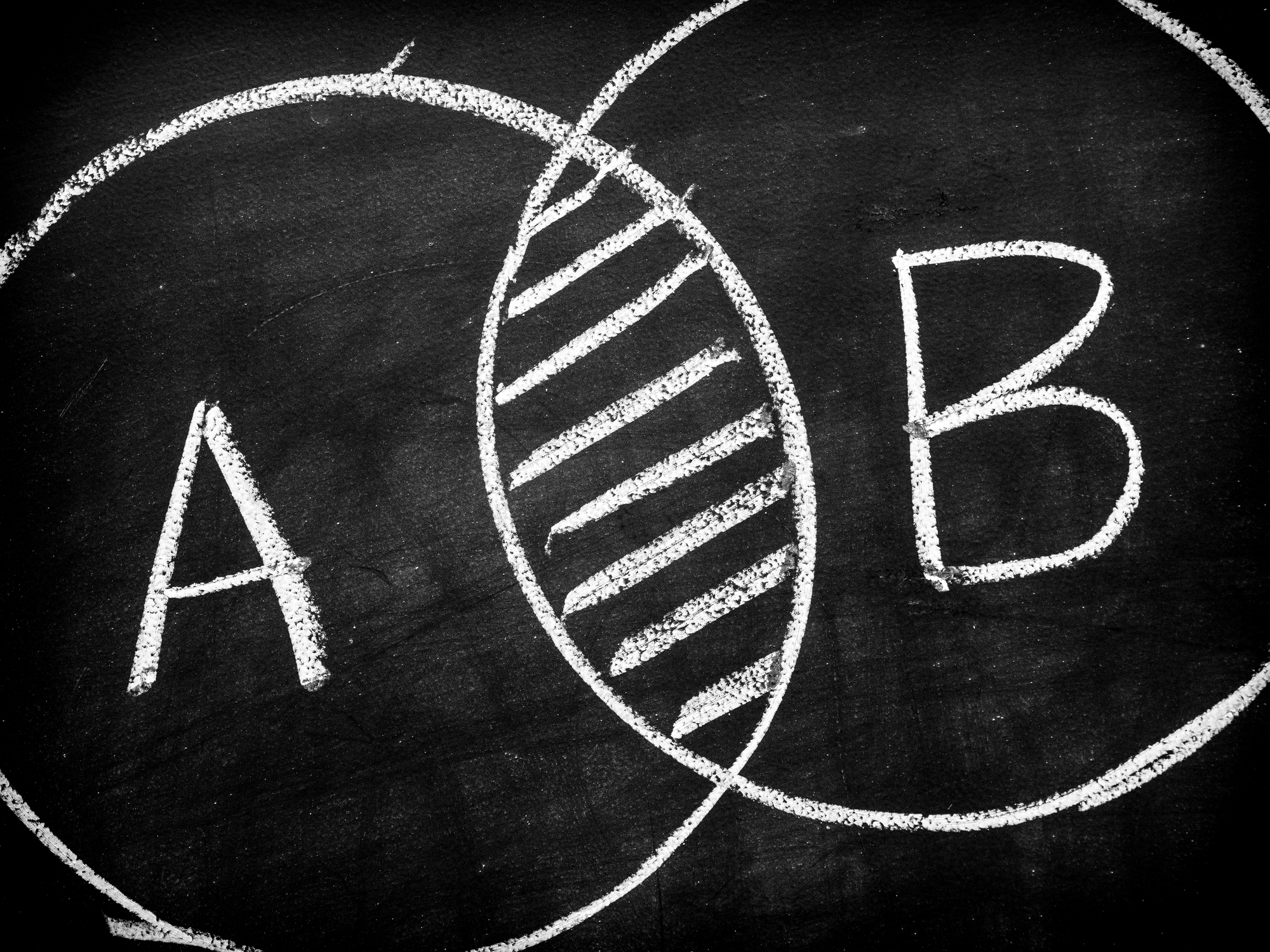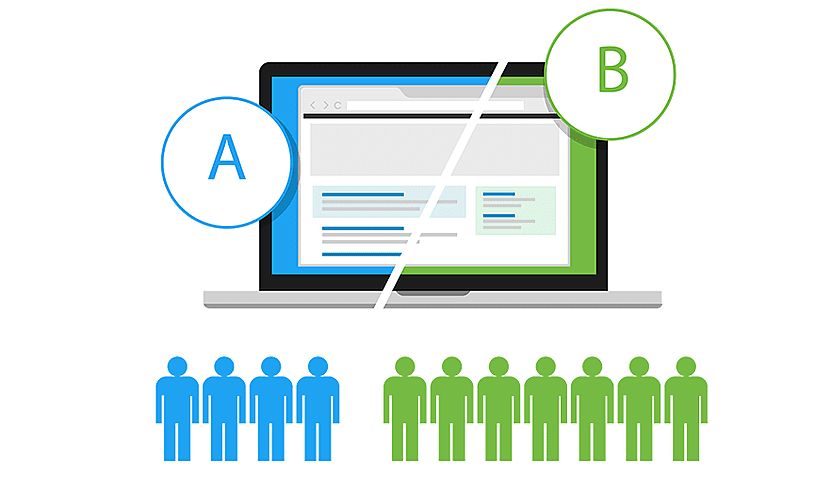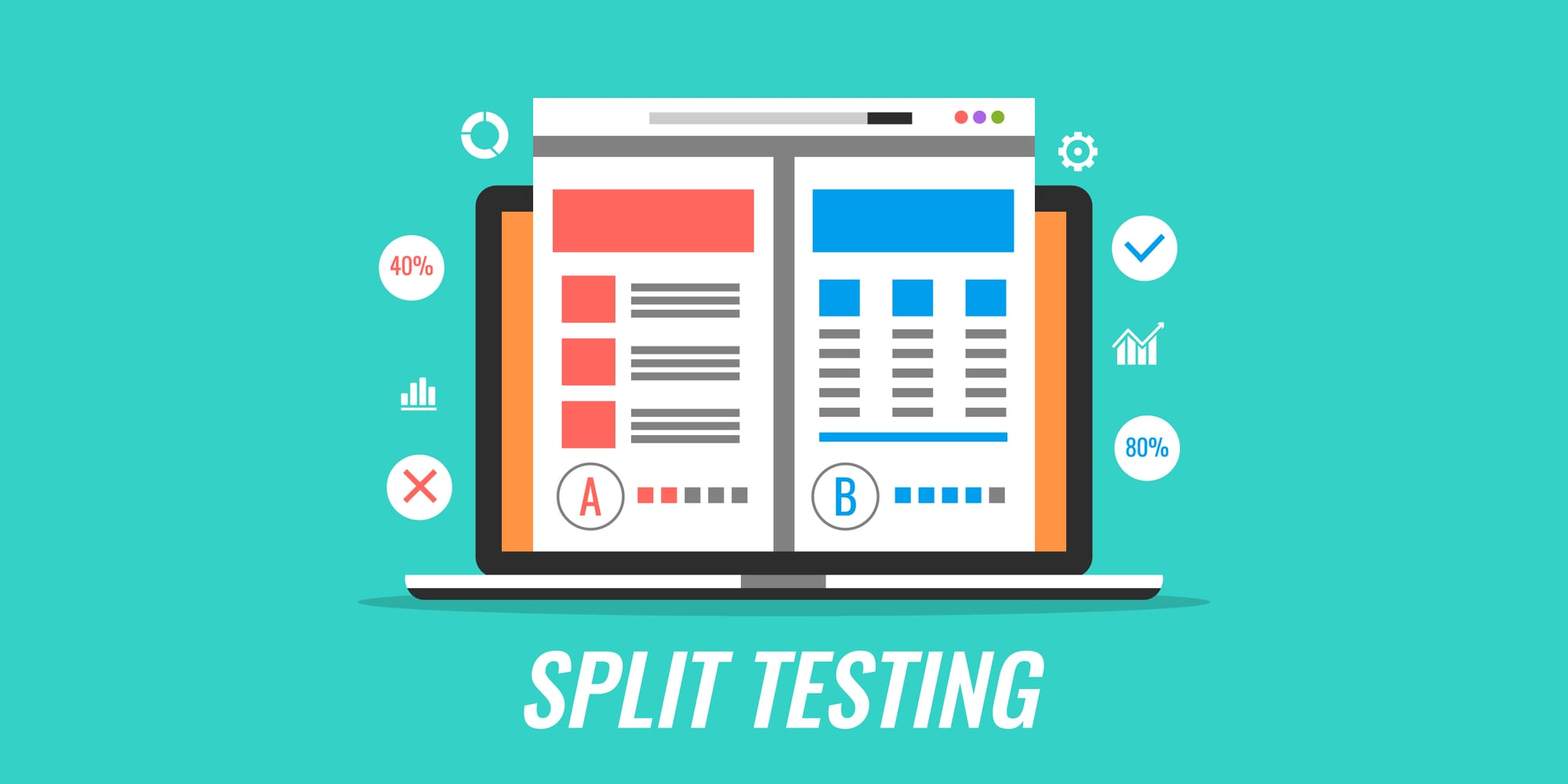
DESCRIPCIÓN DEL PODCAST
Split Testing can be an extremely valuable tool for optimizing your Facebook ad campaigns.
Essentially, you can get Facebook to do all the heavy lifting when it comes to finding out what works best and helping you deliver it to new audiences.
This podcast reveals some of my most effective thoughts and strategies for implementing split testing variables into your Facebook marketing.
Enjoy the podcast!
ARCHIVO DEL PODCAST
Using Split Testing to Optimize Your Facebook Ad Campaigns
De clic aquí para descargar este Podcast >>
DESCRIPCIÓN DEL PODCAST
Hey, what’s up, guys? This is Jimmy. I’m the Associate Creative Director for Manuel and AGM and welcome back to the Facebook marketing Ninja podcast.
I’d also like to welcome our new listeners as well. So welcome to one of the best sources on the web for Facebook marketing.
In this episode, Manuel goes over the importance of split testing your ads to your target audiences.
The takeaway here is how this will help improve your decision making when it comes to which ads perform best, so you don’t go wasting your time and money on ones that completely failed.
So take notes and start winning with your Facebook ads today.
SPLIT TESTING ON FACEBOOK

You don’t have to be romantic about who you think will be interested in your product and who you think will not be interested in your product.
You simply let Facebook do the work for you and help you find those winners.
Let’s talk about split testing now, okay? And this is what Facebook says about split testing.
How Does it Work?
Your audience is divided into unique groups. Members of your audience are randomly divided into non overlapping groups and see ad sets with identical creative.
Okay? So what does that mean?
It means that you have an audience that is divided into groups that nobody else sees that same ad. They get separated, okay? Three separate audiences, for example, or up to five separate audiences.
Each ad set, AKA audience, has one distinct difference also called a “variable”, okay? One distinct difference.
If you guys, I don’t know about you, but I didn’t do really well in school, but I can tell you what a variable is.
Like in mathematics, there’s one particular element that’s different in every single formula, right?
So, on ads, on the Business Manager, we’re going to have every single thing is the same except that we have one variable.
This could be the audience. It could also be the placement. Let’s say, for example, Instagram placement on the newsfeed, or Facebook placement on the newsfeed, or it could be also Messenger home placement.
Placements, right? That could be a variable, or it could also be an optimization method. You’re optimizing for conversions, or you’re optimizing for impressions, or you’re optimizing for reach. Whatever it is that you decide, that’s another variable.
So you’re going to have one variable to choose from. The most important one that I would recommend that you go after on the split testing process is audience variable. Meaning that you’re giving them three or five different audiences, so they can run this same ad and you’re going to find a winning ad, a winning audience.
And once you find that, you take all the guesswork away and now, you know, what’s working and what’s not working and you can grab that winning ad, that winning audience and scale it.
And not only scale it, meaning going from a hundred dollars a day to now $200 a day, et cetera, but also you can use it to also now create audiences that are similar to that audience that you found as winners.
For example, if you have a campaign running there with videos, and then you find the audience that’s the winner, and then you scale that audience, now you can create an audience that has consumed those videos on that campaign that was scaled, and now you can create audiences that are similar.
Lookalike Audiences on Facebook

If you don’t know what I’m talking about, it’s called a Lookalike Audience.
You can create a Lookalike Audience of website visitors, of people that consume your videos, of people that are liking your page, of people that engage with your page, of people that purchase your products, of your email list.
You can create a Lookalike Audience of these people and have Facebook find you people that are like them.
If you don’t know how to create this, you can go to your Business Manager, business.facebook.com, and you can go to the drop-down menu and go to Audiences.
And once you have an audience created of emails, of phone numbers, website visitors, purchasers, or any of this stuff, you can go ahead and create an audience that is called the Lookalike Audience by selecting what Facebook calls the Seed Audience.
It’s the audience that they use to help you find people that are like that one. It means that they’re going to help you find people that have six common traits to the audience that you selected, your Seed Audience.
That could be demographics, income levels. It could be socioeconomic levels. It could be interests. It could be like all kinds of different things that Facebook chooses to help you find people that are more likely to accomplish the actions that you’re trying to accomplish overall, okay?
So How Does Split Testing Work?
Your audience is divided into unique groups, okay? And this variable is tested, okay? Audience type, delivery optimization methods, and then throughout the process, Facebook is going to distribute your budget across these different audiences, and then you’re going to find a winner, okay?
How does the performance gets measured and how do you compare it?
Well, Facebook says, “The success of each ad set measured by your campaign objective is recorded and compared. The best performing ad set wins.
Lowest cost per conversion, the most views at the lowest cost. It could be also the most engagement, the biggest Messenger subscribers, whatever the result is that you’re looking for, that determines the winning ad set, that determines who’s the winner throughout this split test.
And you get a message from Facebook telling you who is the winner. You’ll get results. You’re going to be able to see the results in two places. And again, you can select the budget yourself.
You can select $5 a day per ad set. You can select $20 per day per ad set. You can do a budget that distributes it. For example, you can do $278 for the entire campaign. And it’s going to split that evenly.
For example, let’s look at a scenario here. Let’s say that your budget is $500 a day and you select the campaign. What you want to do is generate traffic to your website, people that are visiting your Amazon listing, or people that are visiting your eCommerce site, okay?
That’s your objective.
You want to send people directly to your website, okay?
So what you do is you select campaign objective, traffic. And now, what you do at the ad set level is that you, once you selected, you check off the little box at the campaign level, at the bottom of it, there’s going to be an option that says split test.
You’ve got to check that off, okay? Meaning that you’re going to put a check on it to make sure that now it gets you into the whole split testing.
And at the next level, which is the ad set level, you are you going to be able to create up to five variations of audiences. You can do two, or you can do five, okay? You can do all five of them and select independent, unique audiences for each one.
Like for example, let’s say that you have a kitchen brand. Well, you can go in there and select the demographic, meaning 35 to 44-year-old women. And you can select in one of them ratio rate. You can select in the other one, Martha Stewart.
You can select in the next one, top chef. You can select in the next one, et cetera. You get the idea, right? Every single one has a unique characteristic. It could be an audience that you’re selecting based on website visitors, or like purchasers, or adds to cart.
There are many different variations of what you can select here, or even test out your own audiences like your own emails, your own purchasers, your own data that you have accumulated to find out where can you get the most return on your investment, okay?
So once you select your audiences, your five audiences, you go to the final step and you select one ad that these people are now going to see, okay?
This ad can be a single image instead of images that we call a carousel. It could be a video. It can be a series of videos. It can be a number of different things. And that same ad is going to be shown across those five audiences evenly if you select the even split because the even split is something that you can select if you want to distribute the budget evenly across all five ad sets.
There’s another option that you can select, which is basically going to be based on the size of the audience. So if audience number A has a hundred thousand people in it and audience B has a million people in it, Facebook is going to send more money to audience B because that one has a million people.
So you can select even split, or you can select like budget distribution based on the actual size of the audience. Once the split test is done, which you can run it from three days to up to 14 days… So you can run it for three days only, or seven days, or 10 days up to a maximum of 14 days.
Then, you’re going to find out with an email from Facebook, telling you who is the winning ad set, okay? Who’s the winner for you to be able to scale.

And then you’re also going to find out through the Business Manager, at the ad set level, it’s going to tell you, for those stars, who is the winning ad set. And you’re going to be able to click on a button and create a whole new campaign with this winner.
How’s That for Making Facebook Your Partner?

Okay. So what does that mean? It means that you guys should have gotten this by now, okay?
It means that you don’t have to be romantic about who you think will be interested in your product and who you think will not be interested in your product. You simply let Facebook do the work for you and help you find those winners.
Keep in mind, okay? Just as a point, a very important point.
Keep in mind that
Facebook wants you to win.
They want you to win because if they help you become successful, they get more money. If you don’t win, if you don’t get results, if you fail, then a couple of things happen, okay? Particularly two of them.
- You stop giving them money. You’re done. You don’t give them any money. They don’t get any more of your hard earned dollars. You stop doing it. You go back to media mail, you go back to buying billboards and wasting your money in other places. You don’t do it, right? Number one.
- If somebody, a friend, or an acquaintance ask this Facebook advertiser, “Hey, how’d you do with Facebook ads?” What do you think they’re going to say? They’re going to say, “I’m sorry, but it sucked. I wasted all my money. I ended up losing all of it. I didn’t grow. Facebook didn’t work for me.”
In reality, you know and I know what happened here, right? In reality, it is that you didn’t work because Facebook is a source of attention, and anything that is a source of attention, not even talking about a humongous source of attention like the one we’re talking about with Facebook is power all around it.
You can gather that attention and turn it into business if you know what you’re doing. So you better pay attention and do something with it because it works.
The numbers don’t lie
Okay? Facebook is still growing by leaps and bounds. They just told us all about it last week. People are using Facebook more, not less. They’re staying more time in the platform about 35 minutes every single day spent per user in the United States.
The platform is being consumed
in a large way.
The demographics are there from 18-year-olds to 70-year-olds. They’re actually using the platform.
Sure. You’re going to say like, “But Manuel, Snapchat is the one that’s actually being used by 18-year-olds.”
Sure. But do you know that still, Facebook has millions and millions of 18-year-olds using the platform? More than you could ever possibly service for your business if that is your niche market right there.
So there are more people that you could need, whether you have a 65-year-old and older service, or you have a 20-year-old and younger service.
They are there to be found. So it is your job to find them.

Haz los minicursos de Facebook Ads GRATIS aquí: agmninjalab.com/free-mini-course manuelsuarez.com/minicourses
Estoy publicando mucho contenido excelente todos los días. ¡Asegúrate de seguirme en tus plataformas favoritas! Aquí están los enlaces:
FACEBOOK: www.facebook.com/theninjamarketer/
Messenger Channel: www.m.me/theninjamarketer/
Instagram: https://www.instagram.com/mrmanuelsuarez/
LinkedIn: https://www.linkedin.com/in/mrmanuelsuarez/
YouTube: https://www.youtube.com/c/TheFacebookNinjaMarketer
Póngase en contacto con la Agencia AGM hoy para programar su consulta gratuita: contact@agmagency.com/




